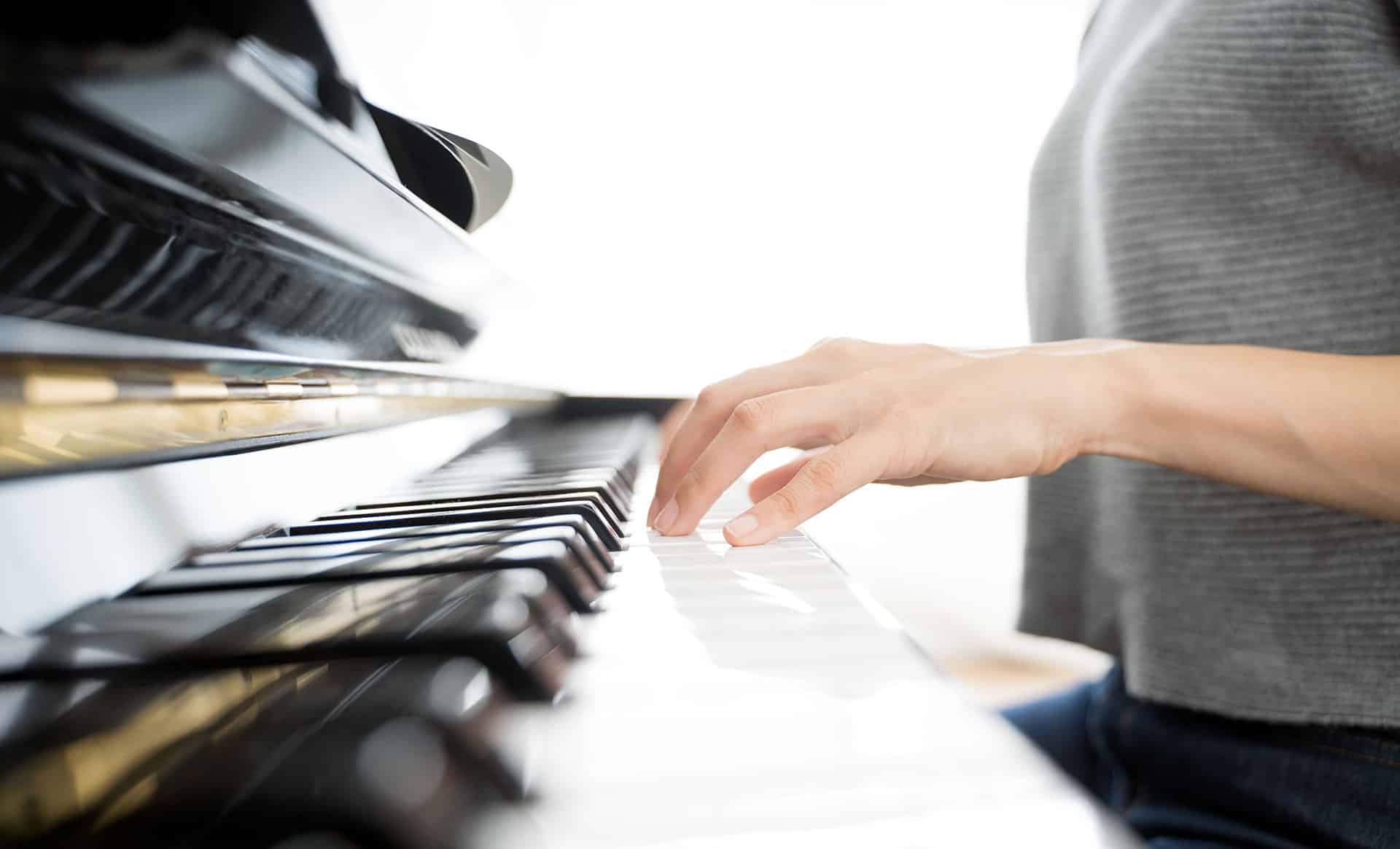
Piano injuries are muscle injuries that are caused by playing the piano with improper posture or incorrect body position. As with any new activity, learning the proper technique is the key to preventing strain or injury.
It’s well-known that high contact activities such as football and boxing can result in very serious injuries. Still, you may be surprised to learn how many injuries can develop just from playing the piano. Piano injuries can affect many parts of the body including:
|
|
Upper Body Injuries
The most common piano injuries include injuries of the hand, wrist, fingers and elbows. There’s a reason why piano instructors stress the importance of piano technique, including body position, alignment and posture. Without the proper technique, piano injuries such as tendonitis, nerve entrapment and other muscular problems can arise. Improper technique may also result in inflammation of the joints that can contribute to arthritis, causing pain during movement. And the repetitive motion of striking the piano keys can cause compressed nerves in the wrist, called carpal tunnel syndrome, which results in numbness and tingling in the hands and arms. Without proper treatment, this can eventually lead to a need for cortisone shots or even surgery.
Injury Prevention
It’s not all bad news. Injuries from playing the piano don’t have to be part of your musical experience. To prevent piano injuries, focus on the proper upper body position. Relax your arms, elbows and fingers. If you begin to feel pain, check your alignment and hand position. Is your technique correct? If not, stop and reset. Are your muscles tense? Shake it off, take a deep breath, relax and try again. Using the correct body position while relaxed will help prevent joint and muscle pain.
Warming up before starting a piano session can also help prevent piano injuries. Whether your warm-up includes practicing scales, chords, and arpeggios or focusing on a few Hanon piano exercises, the goal is to strengthen the hands and fingers while practicing proper technique.
As you learn the piano and spend time practicing, all the muscles in your fingers and upper body will grow stronger. Muscular strength can help you avoid injury. Remember that with any exercise, you may experience some soreness as you strengthen your muscles. It’s important to know the difference between pain and your muscles simply getting a workout.
Importance of Proper Posture
Your piano teacher may frequently remind you to “sit up straight.” There’s a good reason for this. The proper piano posture can help stave off many injuries, including pain in the spine and lower back, soreness or discomfort in the neck, shoulder strain and even headaches. A piano bench has no back support, so it’s essential to sit up straight with a neutral spine, aligning your hips, shoulders and head. The height of the bench is important too. Sitting too high or too low can lead to additional stress and strain on your body. An adjustable bench is an excellent option to consider as it offers flexibility in height, which is especially important for young, growing piano students.
Prevent piano injuries by practicing good piano posture:
- Keep your back straight with a neutral spine
- Relax your arms
- Keep your hands, wrist and forearms level
- Shoulders should be relaxed, not raised upward
- Arms should be at a 90-degree angle with your elbows
- Hands should be slightly lifted, with fingers arched
- Align your hips and spine
- Knees should be slightly under the keyboard
- Feet should be stable on the floor
- Sit toward the front of the bench
Relax. You’ve got this!
Whether minor or serious, piano injuries can take all the fun out of playing the piano. Listen to your body and if you’re feeling pain, take a break. Or just relax and focus on your body position and what may be causing the pain. Tense and rigid muscles can lead to all sorts of injuries, so keep your muscles relaxed while playing. Following proper piano technique, including using the correct body position and piano posture, can go a long way to preventing piano injuries.
